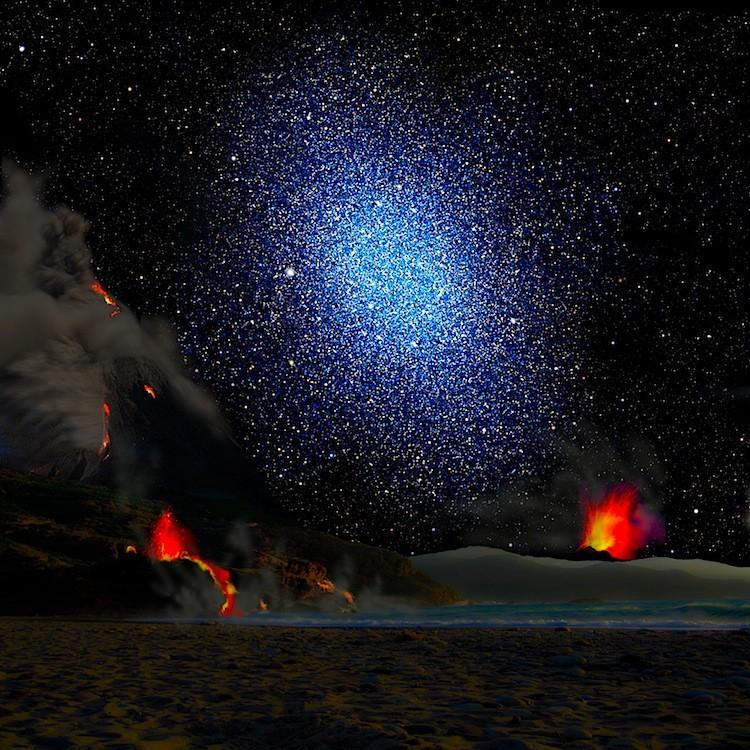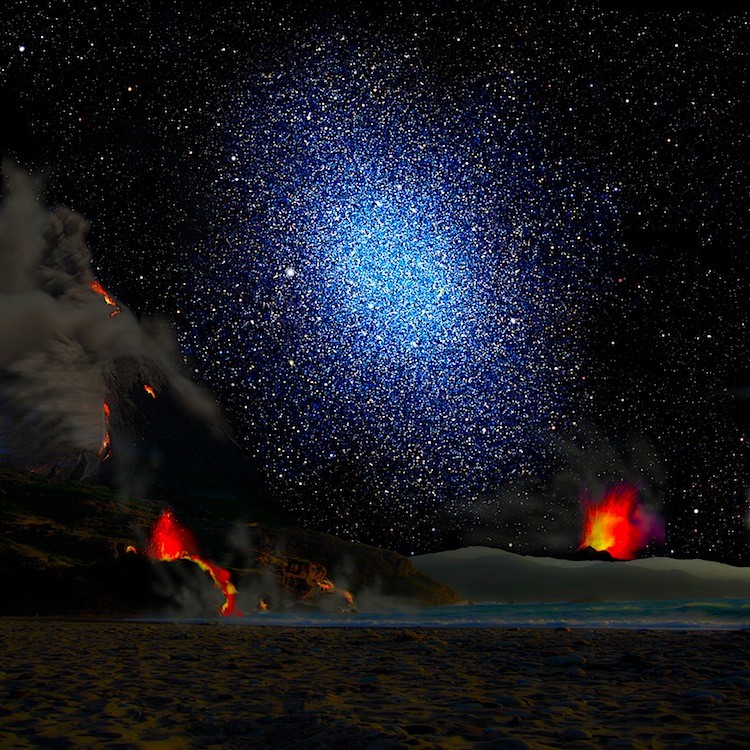Darkest Exoplanet Is Blacker Than Coal
The darkest planet outside our solar system—an exoplanet—has been discovered about 750 light-years away towards the constellation of Draco.

Two white dwarfs have been discovered on the brink of a merger. In just 900,000 years, material will start to stream from one star to the other (as shown in this artist's conception), beginning the process that may end with a spectacular supernova explosion. David A. Aguilar/CfA
|Updated:






